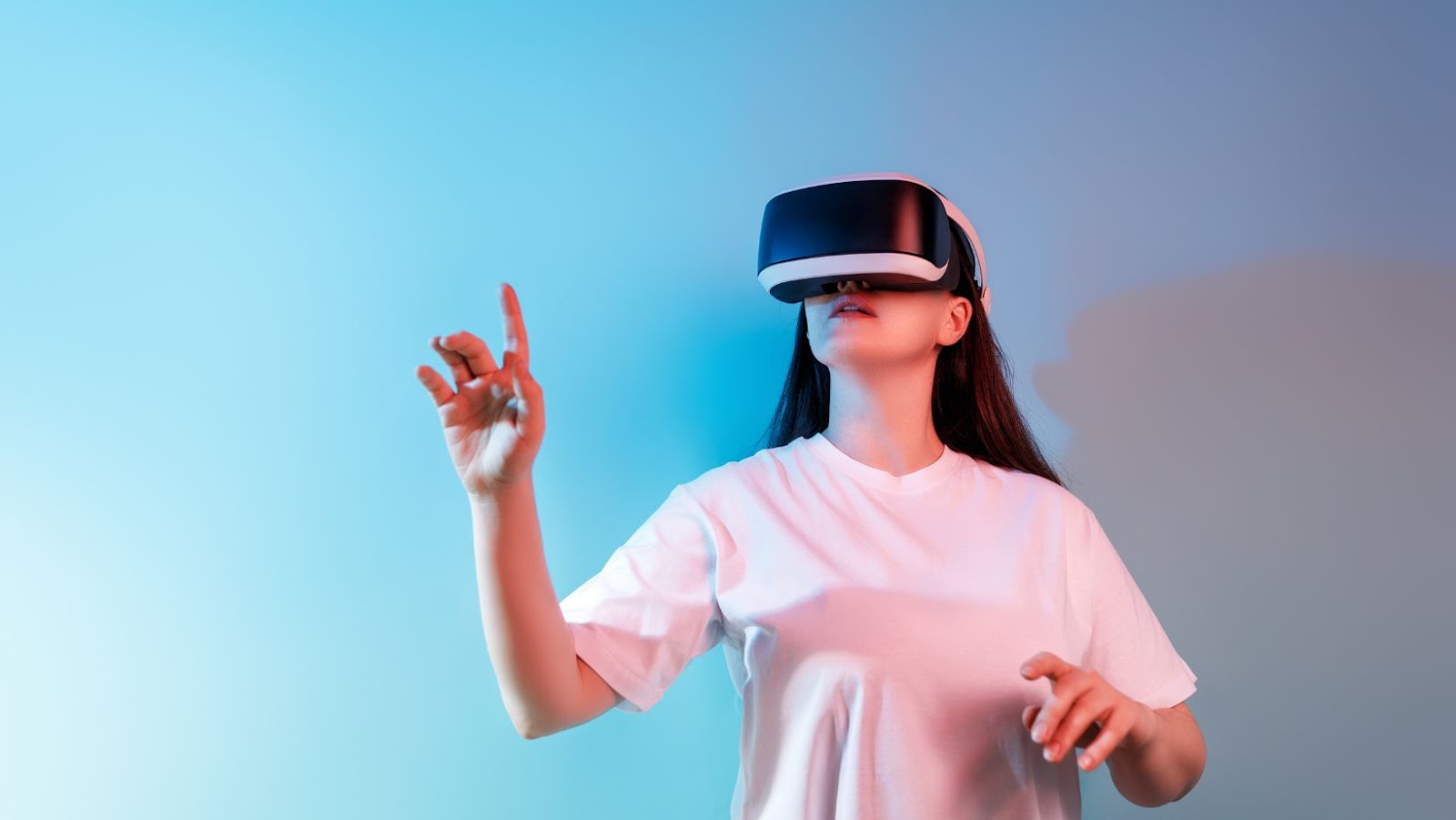Virtual Reality Headset Xbox One have revolutionized gaming. These devices immerse players in virtual worlds, enhancing the sensory experience. Popular VR headsets offer various features, providing different levels of immersion, comfort, and interactivity.
Types of VR Headsets
- PC-Powered Headsets
PC-powered headsets, like the Oculus Rift S and HTC Vive Pro, offer high-quality graphics and performance. These devices require a powerful gaming PC to operate. - Standalone Headsets
Standalone headsets, such as the Oculus Quest 2, function without external hardware. These devices have built-in processors and storage. - Console-Powered Headsets
Console-powered headsets, like the PlayStation VR, connect directly to gaming consoles. These headsets utilize the console’s power and storage.
Key Features of VR Headsets
- Display Quality
Higher-resolution displays provide clearer images, reducing the screen-door effect where individual pixels are visible. - Field of View (FOV)
A wider field of view offers a more immersive experience by expanding the visible area within the headset. - Tracking System
Accurate tracking systems enhance interactivity, reducing lag and improving motion detection. - Comfort and Ergonomics
Lightweight and adjustable headsets increase comfort for extended gaming sessions.
The Xbox One doesn’t have native support for VR headsets. However, workarounds enable some functionality. Tethered PC-powered headsets can stream Xbox games to the headset via Windows 10. Users can enjoy Xbox titles in a virtual theater mode, creating an immersive experience despite the lack of direct compatibility.
VR headsets enhance the gaming experience by providing immersive worlds and interactive environments, making them a significant aspect of modern gaming for Xbox One users.
 Xbox One Compatibility With VR Headsets
Xbox One Compatibility With VR Headsets
Xbox One can work with VR headsets through specific methods, enhancing the gaming experience for users. Although there’s no native VR support, options exist for integrating VR technology.
Several PC-powered headsets can be used with Xbox One. Oculus Rift S, HTC Vive Pro, and Oculus Quest 2 with PC compatibility are popular choices. These headsets connect to a PC, which streams Xbox games using apps like Virtual Desktop or Windows Mixed Reality.
To set up VR headsets with Xbox One, users need a compatible PC. Connect the VR headset to the PC and install necessary software like Virtual Desktop or Windows Mixed Reality. Ensure both Xbox One and PC are on the same network to stream games.
- Install Software: Download and install Virtual Desktop or Windows Mixed Reality on the PC.
- Network Connection: Connect Xbox One and PC to the same local network.
- Configure Headset: Connect VR headset to the PC and configure its settings.
- Stream Games: Use the appropriate software to stream Xbox One games to the VR headset, enabling a virtual theater mode.
 Key Features Of VR Headsets For Xbox One
Key Features Of VR Headsets For Xbox One
Virtual Reality Headset Xbox One offers to users an immersive way to enjoy their favorite games. Key features like display quality, audio and immersion, and comfort and design significantly impact the overall experience.
Display quality greatly affects visual immersion. High-resolution displays, such as those found in the Oculus Rift S and HTC Vive Pro, reduce the screen door effect and enhance clarity. The refresh rate, typically 90Hz or higher in premium headsets, ensures smooth visuals, reducing motion sickness. A wide field of view (FOV), commonly around 110 degrees, enhances peripheral vision, making the experience more realistic.
Audio plays a critical role in immersion. Integrated spatial audio systems, as seen in the Oculus Quest 2, deliver 3D soundscapes, enhancing situational awareness. Some headsets like the PlayStation VR offer built-in headphones, providing high-quality sound directly to the user. Accurate audio tracking ensures sounds come from the correct direction, adding to the realism of the virtual environment.
Comfort and design are essential for extended gaming sessions. Lightweight materials, such as those used in the Oculus Rift S, prevent strain during long periods of wear. Adjustable head straps and well-cushioned face pads improve fit and comfort. Ventilation features help reduce lens fogging, maintaining clarity during gameplay. Ergonomically designed controllers with intuitive button placements enhance interaction and ease of use.